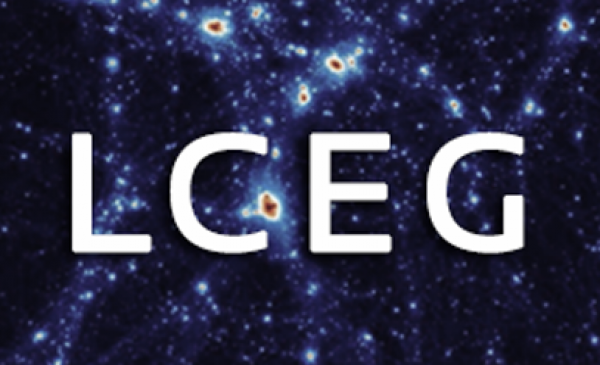The "Cosmology and Galaxy Evolution" team (LCEG) focuses on the study of the formation, evolution, and physical properties of large cosmological structures, galaxy clusters, galaxies themselves, and their internal structures, extending to large-scale star formation. These structures are studied across cosmic time, from the birth of the first galaxies to the closest objects today. These studies are conducted using multi-wavelength observations with state-of-the-art observatories (ALMA, JWST, VLT, IRAM, and Euclid), complemented by advanced cosmological and galaxy evolution simulations using Europe's largest supercomputers. Continuous interaction between observations and simulations is sought to maximize data interpretation and provide the best constraints for structure formation models.
Key questions AIM addresses with LCEG include:
- When and how do the largest structures in the Universe form, how are they shaped by dark energy and the nature of dark matter, and how do they feed galaxies by driving baryonic flows along the cosmic web?
- When do the first galaxy proto-clusters emerge, and how do they evolve into modern galaxy clusters? How can they be robustly detected and characterized across cosmic time to constrain underlying cosmological models?
- How do massive galaxies assemble most of their mass through mergers and gas accretion, and how do they evolve into the modern Hubble Sequence?
- What regulates star formation on a galactic scale, why do most galaxies transform their gas into stars at a steady rate, while a few rare objects become starburst galaxies, and the most massive galaxies end up quenched, ceasing to form stars?
- What is the role of feedback mechanisms (supernovae, stellar radiation, AGN, cosmic rays, etc.) in regulating galaxy growth and supplying the intergalactic medium with recycled, metal-enriched gas?



